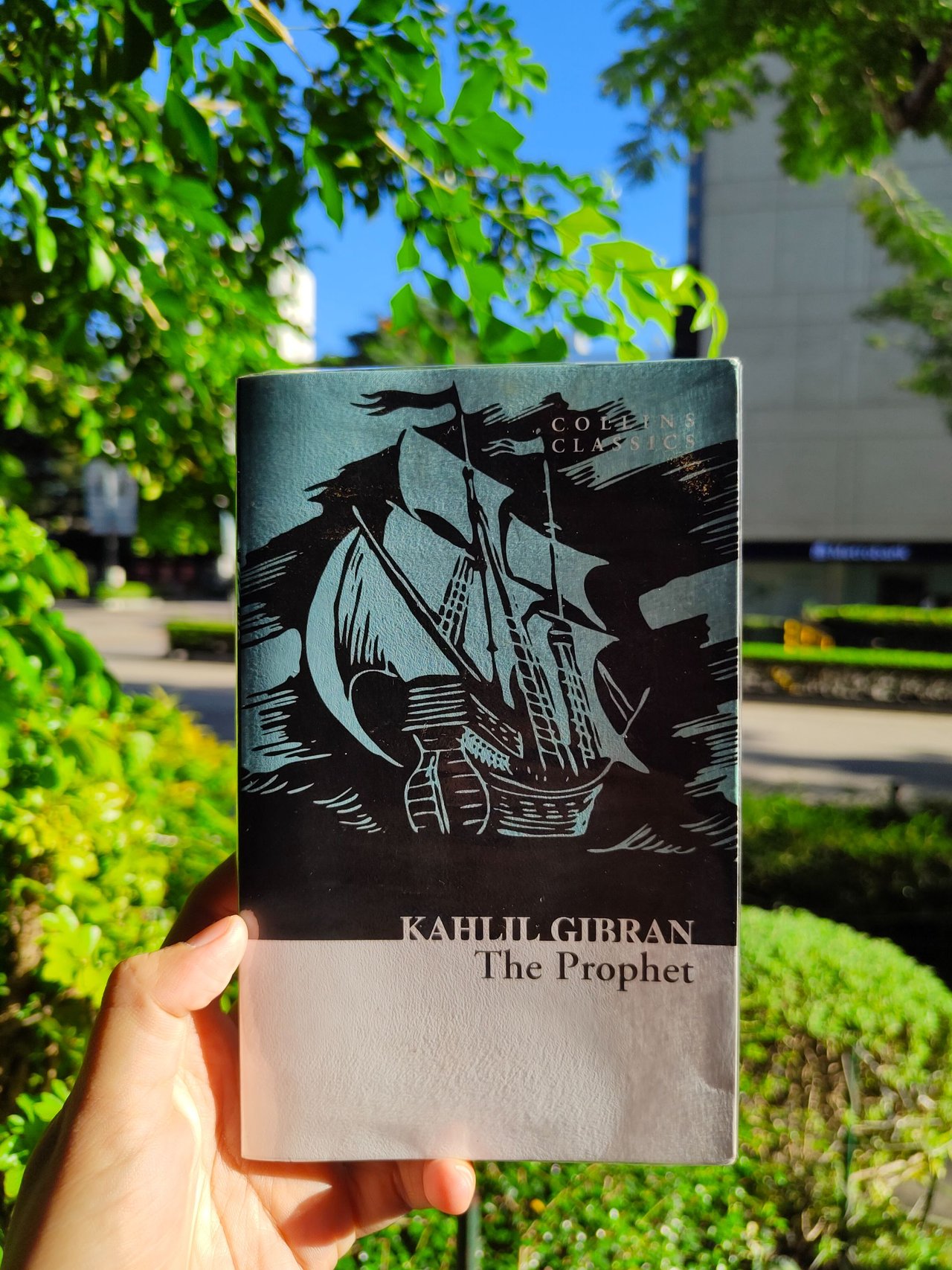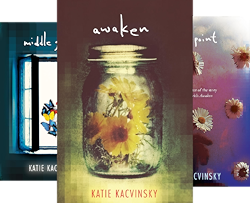Genre: Fiction/Religion/Philosophy
Copy: Paperback
Rating: 🌕🌕🌕🌕🌖
Short Synopsis: A stranger arrives at the remote village of Viscos, carrying with him a backpack containing a notebook and eleven gold bars. He comes searching for the answer to a question that torments him: Are human beings, in essence, good or evil? In welcoming the mysterious foreigner, the whole village becomes an accomplice to his sophisticated plot, which will forever mark their lives.
A novel of temptation by the internationally bestselling author Paulo Coelho, The Devil and Miss Prym is a thought-provoking parable of a community devoured by greed, cowardice, and fear—as it struggles with the choice between good and evil.
Five reasons to read the book:
1) The questions it asks. Are human beings inherently good or evil? Why do we give in to temptations? How far can we go for it? What is more important: the life of one innocent or the prosperity of many? Does the end justify the means? Reading each page of The Devil and Miss Prym is like solving a series of trolley dilemma. Coelho, in a carefully crafted fiction, throws ethical and moral questions at you that leave plenty of room for nuances and introspection.
2) Chantal Prym is all of us. Chantal is not a likeable character; she has her faults and weaknesses just as she has goodness and strengths. We’ve all been through the same struggle where our morals, ego, and what we think we deserve clash. That is why it is easy to BE her in the story.
3) It’s good without being preachy. It doesn’t pit good and evil but instead, shows the correlation between man, and good and evil. The Devil and Miss Prym reminds us of our free will and the consequences that come with it. Everything is matter of choice, big or small.
4) The time frame. As with the two other books in the trilogy, And on the Seventh Day, this story chronicles a week in the life of Chantal. I like how I can be “in the moment” without thinking much about the characters’ past or future.
5) Coelho’s trademark prose and mysticism. While not everyone is into his kind of writing, I enjoyed every page of this book.
Highlighted Quotes:
“Whenever you want to achieve something, keep your eyes open, concentrate and make sure you know exactly what it is you want. No one can hit their target with their eyes closed.”
“People want to change everything and, at the same time, want it all to remain the same.”
“So you see, Good and Evil have the same face; it all depends on when they cross the path of each individual human being.”
“When we least expect it, life sets us a challenge to test our courage and willingness to change; at such a moment, there is no point in pretending that nothing has happened or in saying that we are not yet ready.”
“Victories and defeats form part of everyone’s life – everyone, that is, except cowards, as you call them, because they never lose or win.”
Final Thoughts:
Truth is, I had more questions than answers after reading this book. Though this is not the first time for I felt the same with Veronika Decides to Die and By the River Piedra I Sat Down and Wept. But I like how Coelho continues to give me more reasons to be interested at life and living.
Here’s a snippet from a note I wrote when I first read The Devil and Miss Prym in 2012:
Every day is a struggle between good and evil — not one person is completely noble or totally wicked. We encounter questions and situations that put us in a crossroad between right and wrong. At most times, the hardest part is weighing things right. The things that we do, the words that we say, and the thoughts that we contemplate rely on how we deal with the overlapping dos and don’ts. In the end, the decision is ours on which is which…
Because just as what Paulo Coelho said,
“It was all a matter of control. And Choice.
Nothing more, nothing less.”
Posting this long-overdue review in celebration of Paulo Coelho’s 74th birthday today. Feliz cumpleaños, Sr. Coelho. Que tengas una larga vida y nos hagas muchos libros. ❤
Have you read The Devil and Miss Prym? Did you like it as much as I did?








